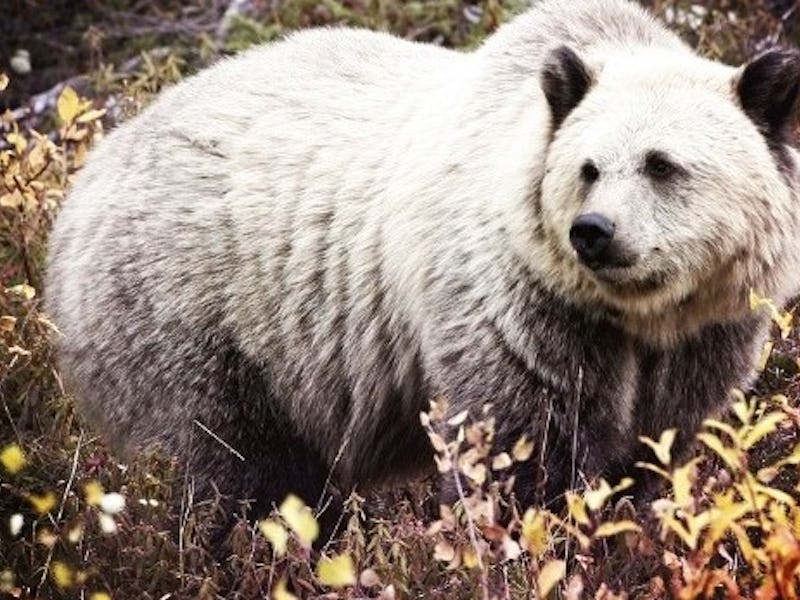Incidents of Arctic Hybridization on the Rise
Arctic animals mating and forming new creatures, reducing existing species in the process.

Add aggressive cross-breeding to the list of damages that can be associated with climate change.
Back in 2006, Idahoan sports hunter Jim Martell paid thousands of dollars for the right to hunt polar bear in Canada’s Northwest Territory. He made a kill, but instead of his intended target he ended up bagging a white bear with brown patches and features akin to a grizzly bear.
It turned out to be a polar-grizzly hybrid, which at the time may have been the only documented case recorded in the wild. Fast-forward to August of this year, when Inhabitat declared several confirmed and unconfirmed sightings have been reported.
This wasn’t the only unexpected hybrid animal ever discovered in a cold climate, as in May of 2009 the possible hybrid of a right whale and a bowhead was photographed by a marine biologist while working in the Bering Sea—an unexpected find as right whales tend to stick to the Northern Atlantic and Pacific Oceans, while bowheads are found in the Arctic Ocean.
Normally separated by sea ice, the melting of such ice could have provided the two species that don’t usually mix a chance to meet during mating periods.
Why is such a concept so threatening? At first glance, one might see such behavior as population-enhancing—but in fact it’s not—as hybrid animals are generally infertile.
However, the grizzly-polar bear has turned out to be reproductively able—yet successful mating for a hybrid is statistically lower, as an altered appearance could drive away both potential grizzly and polar bear mates. At the same time, endangered animals could see population counts drop if matches between bears of the same species dip due to the introduction of hybrids into the mating pool.
According to a 2010 study published in Nature, several seals, bears, whales and porpoises are “at risk of hybridation.” A co-author of that study, Brendan P. Kelly—currently the Executive Director of The Science Steering Committee of the Study of Environmental Arctic Change but then a member of the National Marine Mammal Laboratory National Oceanic and Atmospheric Administration, was quoted as saying:
“The climate warming that we have induced is closer to a meteor strike [for species] than to the gradual evolution of green plants…We’re forcing change to happen so quickly that it is more likely to promote extinctions than provide adaptive responses.”